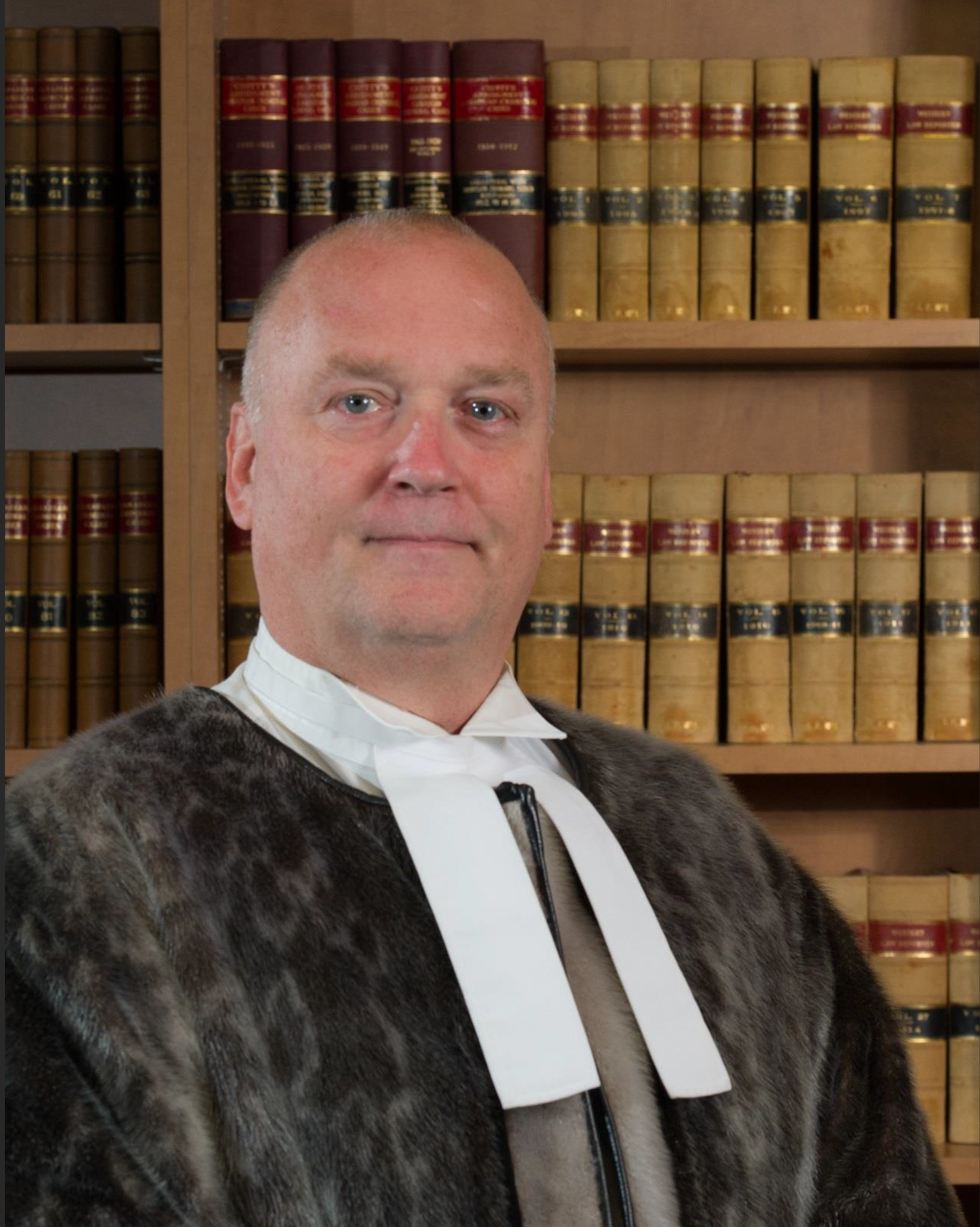
What started as road trip to Alaska turned into a lifelong career in the Canadian North for retired Nunavut Chief Justice Robert Kilpatrick. Justice Kilpatrick fondly looks back on the adventure he embarked on following his graduation from law school at UBC in 1980. He reflects on the emerald lakes, towering mountains, friendly people, and all that inspired him to build his career in the “land of the midnight sun.”
Early Career
Justice Kilpatrick’s legal career first took root in Whitehorse, Yukon, where he quickly distinguished himself as a criminal defence lawyer. Within a few years, he advanced from being a sole practitioner to becoming partner at one of the territory’s largest full-service law firms. Inspired by a speech given by renowned English jurist Law Lord T. Denning on the essence of advocacy, Justice Kilpatrick dedicated himself to giving back to his community. His weekends were spent volunteering on numerous community boards and committees.
The demand for service upon the few criminal lawyers in Yukon was relentless. The provision of summary advice upon arrest was a 24-hour responsibility that resulted in numerous calls throughout the night, seven days a week.
After a hectic ten years, Justice Kilpatrick decided to leave the private sector and join the public prosecution service. He did this to regain a measure of control over his lifestyle with some leisure time and holidays. Justice Kilpatrick became the most northern prosecutor in Canada, stationed in Inuvik, Northwest Territories, with sole functional responsibility for twelve communities spread over two regions.
For the first year and a half, Justice Kilpatrick operated out of his home, without any office or staff. Circuit courts to the communities required constant travel in difficult and sometimes dangerous weather conditions by small aircraft in the summer and by vehicle on ice roads in the long Arctic winter.
Justice Kilpatrick took a very active role in community initiatives and became heavily involved with the community justice committee in Inuvik and elsewhere in his regions. These committees involved elders in innovative sentencing initiatives, including adult diversion programs, youth diversion programs, post-release parole planning and in-court sentencing submissions. Justice Kilpatrick created and implemented the first formal, government-mandated adult diversion program in the Northwest Territories. The positive impacts of these efforts were clear – over the six years in Inuvik the adult criminal caseload was reduced by 55% and the youth docket by 33%.
A New Chapter in Nunavut
After his transformative tenure in Inuvik, Justice Kilpatrick moved to Smithers, BC, to become an administrative Crown for a large part of Northern BC. A year and a half later year, he was appointed as a superior court judge for the new territory of Nunavut. Nunavut’s justice system featured a unified trial court of general jurisdiction, the only one of its kind in the country. Justice Kilpatrick consequently took on many judicial roles – handling jury work, small claims, and everything in between.
Justice Kilpatrick was also appointed to the Yukon Supreme Court, the Northwest Territories Supreme Court and the Courts of Appeal for Yukon, the Northwest Territories and Nunavut. Justice Kilpatrick’s professional and life experience in all three Territories served him well in this appellate capacity.
In Nunavut, Justice Kilpatrick embraced pre-existing justice models established by Indigenous communities, collaborating with elders who participated in court proceedings to foster a more culturally relevant approach. He introduced new initiatives, including the community justice committee model and group conferencing, which had become an integral part of the western NWT’s justice system. He implemented a novel jury system for youth court sentencing, allowing local Grade 12 law students to serve as jury members (in an advisory capacity) after completing training on the Youth Criminal Justice Act. This initiative effectively harnessed peer influence and fostered a sense of responsibility and comradeship among youth.
Justice Kilpatrick faced numerous unique challenges in Nunavut, from extreme weather conditions to mechanical failures of aircraft. He navigated language barriers with law clerks who spoke English as a second language, necessitating the creation of comprehensive checklists to enhance the accuracy of court orders.
With only one courthouse in Nunavut, community halls were repurposed as makeshift courtrooms. These “courtrooms” were often dark, cold and lacking basic amenities like Wi-Fi and functioning telephones. Safety was a significant concern, given the widespread availability of firearms used for hunting. In the first five years of court operations, Sheriff services were inadequately trained and had no uniforms or protective equipment of any kind beyond a pair of handcuffs. Police officers were typically only present when there was a prisoner in custody. After being attacked on the bench, Justice Kilpatrick wore body armour under his judicial uniform and always prioritized ready access to emergency exits by court staff.
Despite these challenges, Justice Kilpatrick’s commitment to the community never wavered. He introduced a new court uniform for the judges of his court to better reflect the culture of the Inuit majority. This included a custom-made sealskin jacket with an arctic fox mantle, complete with antler bone buttons, and sealskin Kamiks for boots. He was deeply inspired by elders who devoted their time to helping others. Justice Kilpatrick recalls one elder who shared a profound insight into why he chose to serve his community: he believed that doing good deeds for others was a source of personal strength; this provided both a life focus and great self-esteem. It was this authenticity and strong sense of community among the people of the North that Justice Kilpatrick so deeply admired and drew him to stay.